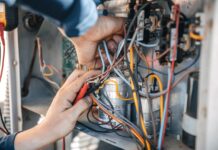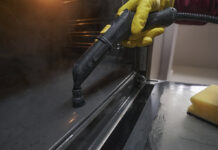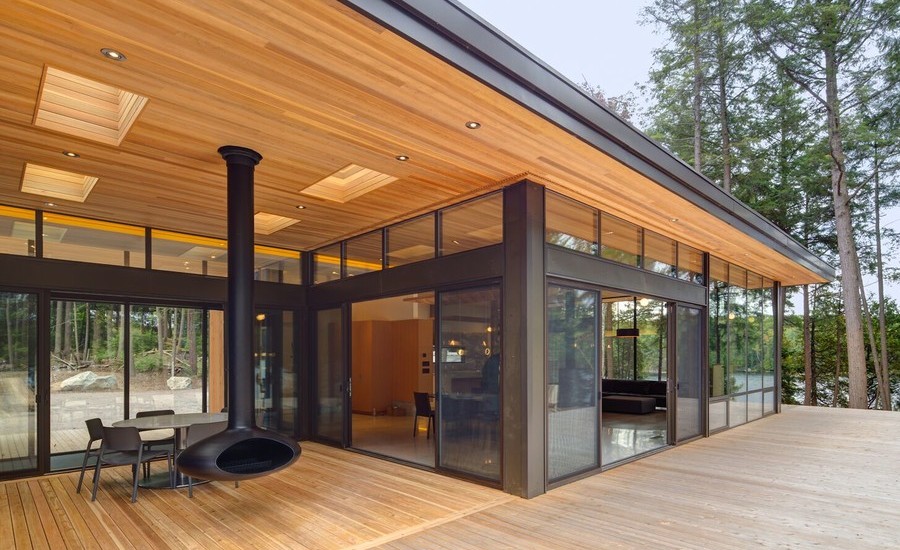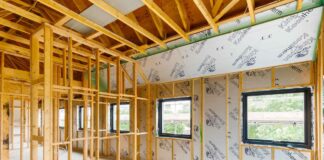Understanding the Need for Upgrade
Modern households and businesses are consuming more electricity than ever before, with an increasing number of electrical appliances and devices in use. This heightened demand for power can strain older electrical systems, particularly outdated switchboards. A switchboard functions as the central hub of a building’s electrical system, distributing power across various circuits. As such, ensuring it is up-to-date and capable of handling increased electrical loads is crucial for both efficiency and safety.
Risks of Outdated Switchboards
Outdated switchboards are not just inefficient – they pose significant risks. These include:
- Safety Hazards: Old switchboards often lack modern safety features like Residual Current Devices (RCDs). RCDs are critical for preventing electric shocks and electrocution by cutting off power in case of faults. Without these, the risk of accidents increases.
- Fire Risks: Old fuses, commonly found in outdated switchboards, may not adequately protect electrical circuits, potentially leading to electrical fires.
- Health Concerns: Some older switchboards contain asbestos, posing serious health risks, including respiratory issues and cancer.
The Upgrade Process
- Initial Assessment: A licensed electrician assesses the current switchboard, evaluating its condition, electrical load requirements, and safety hazards.
- Customized Solutions: Based on the assessment, a tailored upgrade plan is proposed, highlighting the changes, benefits, and costs involved.
- Professional Installation: Skilled technicians install the new switchboard using high-quality materials and adhering to safety protocols.
- Testing and Compliance: The upgraded system is thoroughly tested for functionality and safety, ensuring all components like circuit breakers and RCDs are working correctly.
- Documentation and Certification: Post-installation, detailed documentation and a compliance certificate are provided, confirming the switchboard meets all regulatory requirements.
The Benefits of Upgrading Your Electrical Switchboard
Enhanced Electrical Capacity
With the increase in electrical devices and appliances in modern homes and businesses, the demand for power has surged. An upgraded switchboard can handle this increased load efficiently. This is especially important for older buildings that were not designed for today’s electrical consumption levels.
Improved Safety Standards
Switchboard upgrades often include the installation of RCDs (Residual Current Devices). These devices are essential for preventing electric shocks and safeguarding against electrical fires caused by short circuits or faulty appliances.
Future-Proofing Your Electrical System
Technology is evolving rapidly, and with it, the types of electrical appliances and systems we use. An updated switchboard ensures your electrical system can adapt to future technological advancements and increased power requirements.
Reducing the Risk of Electrical Hazards
Older switchboards with outdated fuses and wiring not only struggle to manage current electrical loads but also pose significant fire and electrocution risks. Upgrading to a modern switchboard significantly mitigates these risks.
Compliance with Electrical Standards
Electrical standards and regulations have evolved over the years, focusing more on safety and efficiency. An upgraded switchboard ensures your property’s electrical system complies with these contemporary standards, which can be crucial for insurance purposes and property valuations.
Cost-Effective in the Long Run
While the upfront cost of a switchboard upgrade might seem substantial, it’s an investment in the long-term safety and efficiency of your electrical system. It can prevent costly repairs caused by electrical failures and reduce the likelihood of damage to electrical appliances due to inconsistent power distribution.

Navigating the Switchboard Upgrade Process: What to Expect
Selecting a Qualified Electrician
Choosing the right electrician is crucial. Look for licensed electricians with experience in switchboard upgrades. They should be able to provide a detailed plan, including the scope of work, materials, and a clear timeline.
Understanding the Upgrade Cost
The cost of a switchboard upgrade varies depending on several factors, including the complexity of the job, the materials used, and labor costs. A detailed quote from the electrician should outline these expenses.
Preparing for the Upgrade
Before the upgrade, ensure that your property is ready. This might involve clearing the area around the switchboard or making arrangements for power downtime.
The Installation Process
The electrician will replace the old switchboard with a new one, which involves rewiring and installing new components. This process might take several hours to a day, depending on the complexity.
Post-Installation Checks
After installation, the electrician should perform a series of tests to ensure everything is working correctly. This includes checking the RCDs, circuit breakers, and overall functionality.
Aftercare and Maintenance
Once the upgrade is complete, regular maintenance is key to ensuring the switchboard’s longevity and efficiency. Schedule periodic checks with your electrician to keep the system in optimal condition.
Conclusion
A switchboard upgrade, though it may seem daunting, is a straightforward process when handled by professionals. It’s a critical investment in the safety and efficiency of your property’s electrical system. Ensure you’re well-informed and choose the right professionals to carry out this essential task.
















